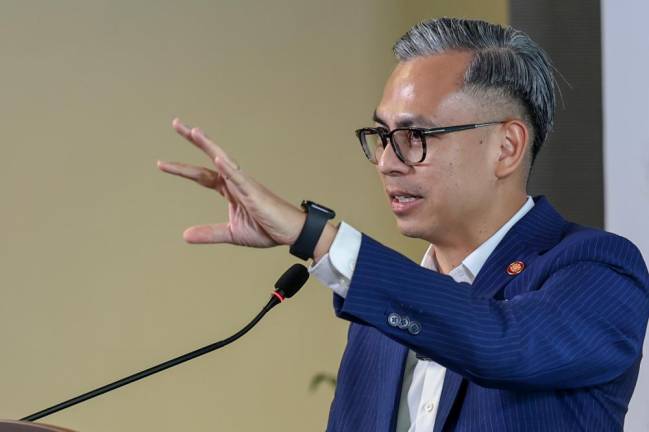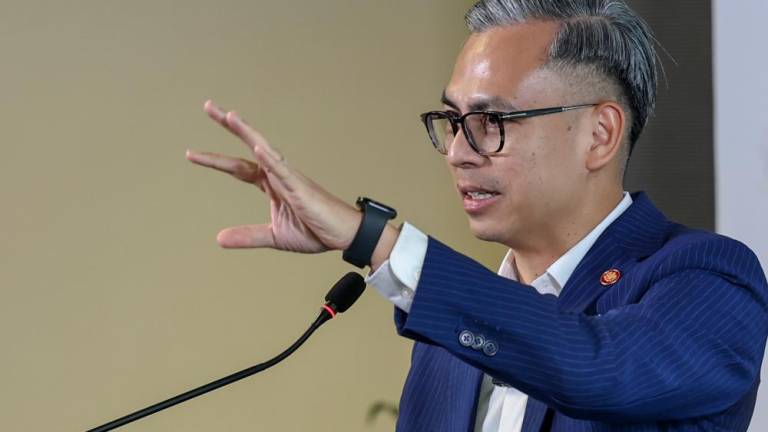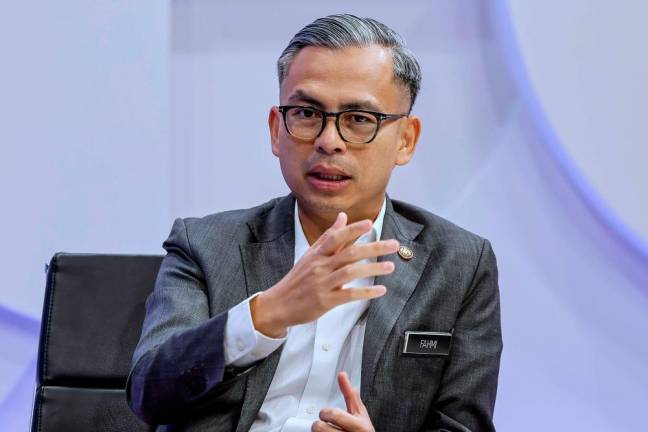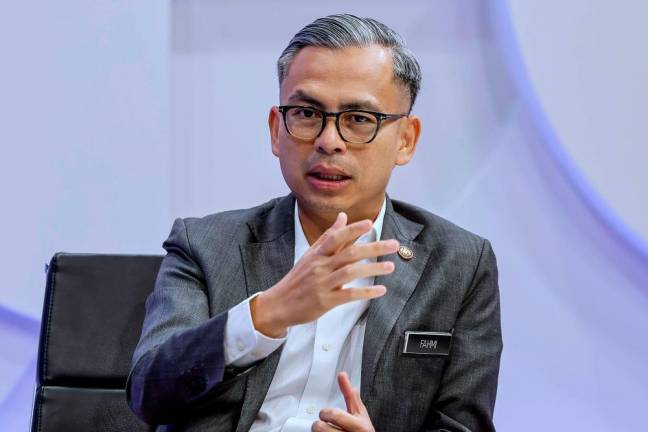THE rapid spread of coronavirus has caused significant disruptions to the global economy and drastically changed the way we live, work and interact with one another. In Malaysia, efforts to curb its spread have culminated in the form of several movement control orders (MCO) enforced from early March.
While Malaysia has gradually eased some of these restrictions in a bid to resume public activities and restart its economy, one of the sectors that have been more intensely impacted throughout the MCO period has been the education sector. The pandemic has put a pause on the way we learn and has dramatically changed the educational landscape in the country, accelerating the pace of digitalisation.
This is because, in the current climate, there can be many unchecked health risks when teaching and learning are conducted face-to-face at schools and varsities. Educators have been pushed towards adopting the use of digital platforms and remote applications to conduct online teaching and home-based learning during this period.
These were sentiments shared recently by Prime Minister Tan Sri Muhyiddin Yassin on Teacher’s Day.
He expressed that e-learning would be the future of education in Malaysia, emphasising that more resources must be made available for learning in a digital capacity.
The classrooms of the future will undoubtedly involve new educational technologies, and teachers too must develop their skills to meet students’ needs as e-learning becomes part of the new normal.
Active learning through technology
When it comes to teaching a new concept or skill, instruction is essential but practice makes perfect. Engagement with content improves knowledge retention. Classes which utilise active learning methods have proven to improve student outcomes.
Traditionally, lessons are conducted face-to-face in a classroom setting with a teacher and a group of students going over educational material. However, with active learning technologies such as lecture capture software, teachers are now able to record lectures, upload them digitally for students to access anytime, anywhere. Instead of lecturing in class and assigning learning-by-doing tasks for homework, teachers can now free up more valuable in-class time for hands-on and interactive tutorials.
This means class time will now consist of higher quality teacher-led learning activities, collaborative group work or discussions. Assignments outside of the class will involve accessible lecture videos and relevant digital course materials.
This approach to education is called blended learning, and it combines the best of both online and offline study, where the sum of the parts is indisputably greater than the whole. During a pandemic, such technologies can also minimise disruption to learning as students can continue to have engaging lessons through online platforms.
Through such active learning methods, students will get to learn through collaboration and interaction with other students, engage more deeply with the course content and increase students’ motivation to learn. Active learning also facilitates more one-on-one interaction between the teachers and students, benefiting students with different learning styles. Through digital mediums, data analytics can also help educators better understand their students’ needs and subsequently personalise their learning, rather than using a one-size-fits-all lecture approach.
Teachers should proactively integrate active learning into their current teaching strategies to further enhance the learning experience. Modern learning management system and video content management platforms, for example, are great tools for teachers to personalise classroom experiences. These tools can help transform a lecture, traditionally a one-way medium for communication, to be more interactive with in-video quizzes, virtual discussions, student video assignments as well as video analytics.
Overcoming learning obstacles
Technology not only makes active learning easier but also helps to overcome learning obstacles too. As video and lecture capture improve and become more widely available, it will be easier for teachers to incorporate new and innovative learning techniques into their courses without spending too much time on training or creating digital resources materials.
This is because asynchronous learning, the idea that students can learn at different times and places, is an important driver for more technology in learning.
Device-agnostic software can help educators create instructional videos without any additional investment on hardware. Students benefit from this too, as those with poor internet connectivity or who are unable to attend classes in real-time are not left behind. This is in part why we have seen Malaysia enlist the help of TV channels such as RTM’s TV Okey in airing educational programmes, with the view that those who do not have good internet access at home can also learn through their television.
Many may also be concerned that if a video of a lecture is available, students will have less reason to attend class. However, according to Panopto’s research, examining 75 studies performed between 2003 and 2019 on the impact of using lecture capture, 88% found that the availability of lecture capture had “little or no” negative impact on attendance. In fact, 10 of the studies found that the availability of lecture capture was correlated with higher grades and 51 of the studies reported that students view lecture recordings to be a valuable resource.
Technology can also help those with special needs. For instance, recorded lectures with annotations or captions can supplement learning for the visually or hearing-impaired. Many students with learning disabilities can study at their own pace and not be prevented from having a quality education.
Educators must learn to utilise technology with greater flexibility, and a student-centred approach to better facilitate the transfer of knowledge, promote digital peer-to-peer interactions and help assess students’ learning in these unprecedented times. It is important to recognise that technology is there to augment our educators and support our students in synchronous learning, not replace it completely.
E-learning is the future
For all the troubles it has caused, the pandemic has created a real opportunity for the education sector in Malaysia to recognise the benefits of applying technology to reshape and advance traditional teaching strategies. It will be critical for the government and education providers to work together to increase the adoption of e-learning post-Covid-19 because technology is essential in safeguarding the education of Malaysia’s future generations.
Elle Hosek is general manager of Panopto Asia, an on-demand educational video platform provider













